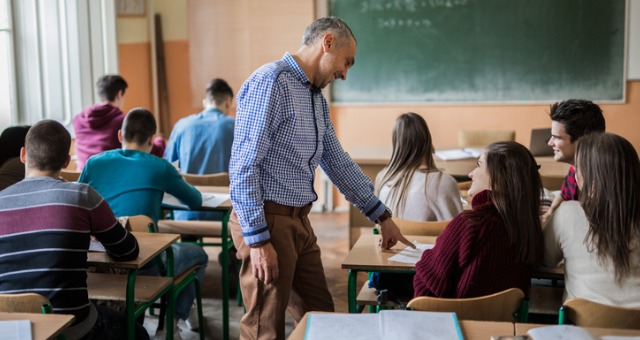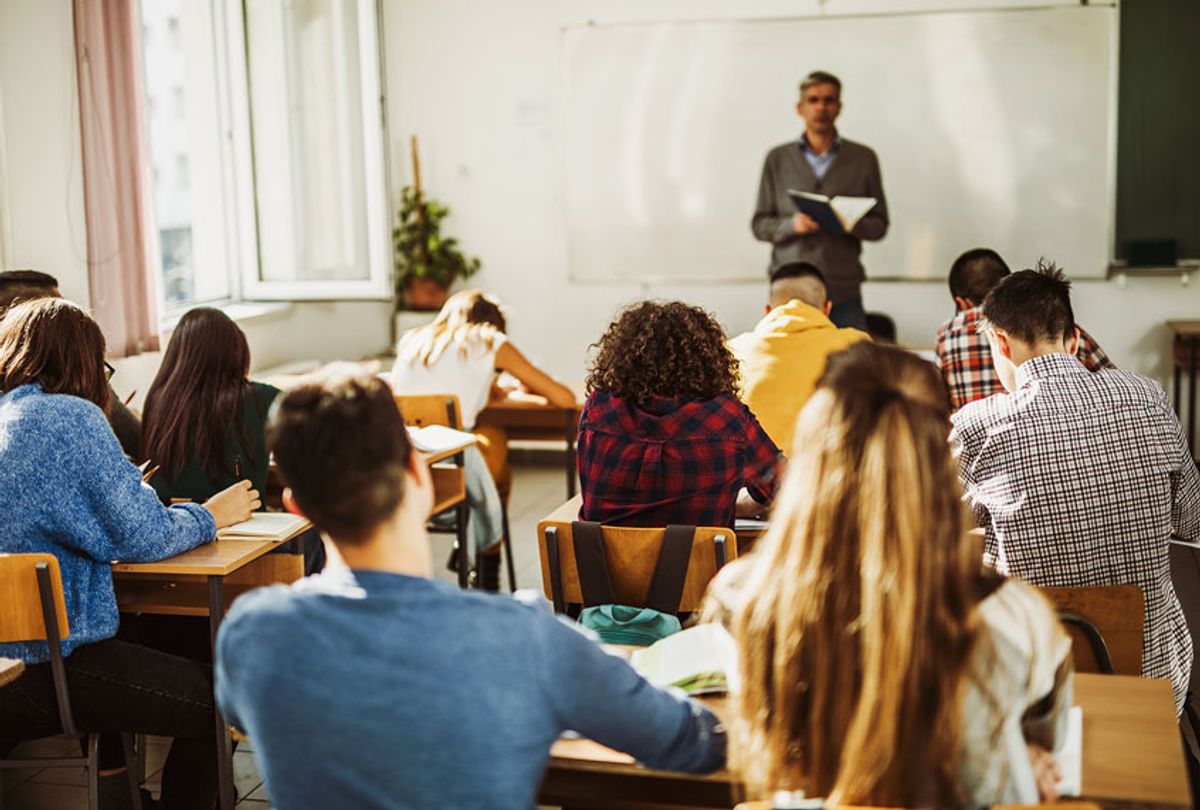Boost Your Child’s Confidence with Primary Science Tuition Singapore
Boost Your Child’s Confidence with Primary Science Tuition Singapore
Blog Article
Checking Out the Different Teaching Strategies in Key Scientific Research Education Today
The landscape of main science education is advancing, with numerous training strategies getting importance in contemporary classrooms. Inquiry-based learning, hands-on experiments, and the integration of modern technology are redefining just how instructors involve young minds. Additionally, joint methods and distinguished guideline are being used to deal with the varied needs of pupils, improving both engagement and understanding. As we check out these methods, questions develop concerning their performance and the ramifications for future educational techniques. What might these changes in technique mean for the next generation of learners?
Inquiry-Based Discovering
Inquiry-Based Understanding (IBL) is a pedagogical technique that urges students to check out clinical principles through doubting, examination, and hands-on trial and error. This method emphasizes the function of trainees as energetic individuals in their learning, promoting important reasoning and analytic skills. By engaging with real-world questions, students become inspired and curious, which boosts their understanding of clinical principles.
In IBL, instructors function as facilitators, guiding pupils as they navigate their queries as opposed to delivering info straight. This student-centered method enables for differentiation, fitting different finding out paces and designs. Trainees develop skills in developing hypotheses, developing experiments, and evaluating information, which are critical for scientific proficiency.
In addition, IBL promotes partnership among pupils, urging them to share concepts and findings. This collective inquiry advertises social skills and a sense of area within the class. Moreover, the process of inquiry encourages strength, as trainees learn to embrace failure as a tipping rock toward understanding.
Hands-On Experiments
Hands-on experiments are an important part of efficient science education and learning, matching the principles of inquiry-based learning. These experiments allow pupils to engage straight with scientific ideas, promoting a much deeper understanding with experiential learning. By controling products and observing outcomes, young students can grasp abstract theories in substantial ways.
Such tasks advertise important thinking and analytical abilities, as students hypothesize end results, conduct experiments, and analyze outcomes. This procedure encourages them to ask concerns, refine their understanding, and create a scientific frame of mind. Hands-on experiments can be tailored to varied understanding designs, ensuring that all trainees have the chance to involve meaningfully with the web content.
Moreover, hands-on experiments commonly urge cooperation amongst peers, promoting team effort and communication abilities. Operating in groups enables trainees to share ideas, discuss searchings for, and pick up from each other, which boosts their overall academic experience.
Including hands-on experiments into the main science educational program not only enriches the finding out atmosphere however likewise cultivates a lifelong interest in science. By proactively participating in their education and learning, pupils are most likely to establish an enthusiasm for scientific inquiry that expands past the classroom.

Innovation Combination
Integrating technology into key scientific research education and learning has actually come to be significantly important in fostering student engagement and enhancing learning results. The usage of electronic devices, such as interactive simulations, digital laboratories, and instructional software program, supplies students with chances to check out scientific concepts in innovative means. These sources help with a deeper understanding of intricate topics by allowing students to imagine and manipulate variables that would certainly be unwise in a conventional class setting.
Furthermore, technology assimilation motivates personalized discovering experiences. Pupils can advance at their very own rate, revisiting challenging ideas via multimedia resources, which satisfy various knowing designs. This adaptability not just sustains private development but likewise grows a sense of autonomy in students.
Additionally, innovation offers as a more information bridge to real-world science, attaching students with present study and expert contributions. Accessibility to online databases and scientific journals expands students' point of views on clinical questions and promotes vital believing abilities.
Collaborative Understanding
Collaborative knowing plays an essential function in primary science education by promoting teamwork and interaction abilities amongst students. This method encourages learners to work with each other, share expertise, and take part in problem-solving, which enhances their understanding of scientific concepts. By taking part in group activities, trainees discover to verbalize their concepts, listen to diverse viewpoints, and bargain services, every one of which are important skills in both real-world and scholastic contexts.

Research shows that collaborative discovering can result in raised motivation and involvement in science topics, as trainees locate pleasure in shared experiences (primary science tuition Singapore). Additionally, this strategy prepares students for future joint ventures, equipping them with the abilities required for reliable teamwork in college and professional atmospheres. Inevitably, welcoming collaborative discovering in main scientific research education can dramatically enhance the discovering experience and advertise a much deeper understanding of scientific query
Differentiated Direction

Separated instruction can show up in numerous ways, such as varying the web content, processes, or products of knowing. For instance, instructors might make use of tiered jobs that give differing degrees of intricacy, permitting students to operate at their respective preparedness degrees. In addition, versatile grouping strategies can promote partnership among students with various capacities, cultivating peer knowing.
Assessment plays a crucial duty in this method, as it educates direction and helps educators understand each pupil's special needs. Developmental analyses, such as monitorings and tests, can lead teachers in changing their methods to enhance finding out results. primary science tuition Singapore. Ultimately, by carrying out separated instruction in key science education and learning, teachers can grow a much more fair and reliable understanding environment, equipping all students to reach their full possibility in recognizing clinical phenomena
Verdict
In recap, the diverse training methods in key science education, consisting of inquiry-based knowing, hands-on experiments, modern technology integration, collective understanding, and distinguished direction, collectively add to a much more effective discovering environment. These techniques i was reading this promote critical thinking, problem-solving skills, and a much deeper comprehension of clinical principles. By implementing these strategies, instructors can develop interesting and helpful classrooms that address the varied needs of pupils, inevitably promoting a lifelong interest in science and Source boosting scholastic accomplishment.
Inquiry-Based Knowing (IBL) is a pedagogical approach that urges pupils to check out scientific ideas through doubting, investigation, and hands-on testing.Collective learning plays an important role in primary science education by fostering synergy and communication skills amongst trainees.Study indicates that collaborative knowing can lead to enhanced motivation and interaction in scientific research topics, as trainees discover pleasure in common experiences.In promoting an inclusive learning setting, set apart guideline arises as a crucial method to fit the diverse demands and capacities of trainees in key science education and learning. Ultimately, by carrying out differentiated direction in primary science education and learning, teachers can cultivate an extra equitable and reliable knowing atmosphere, equipping all students to reach their full capacity in recognizing clinical phenomena.
Report this page